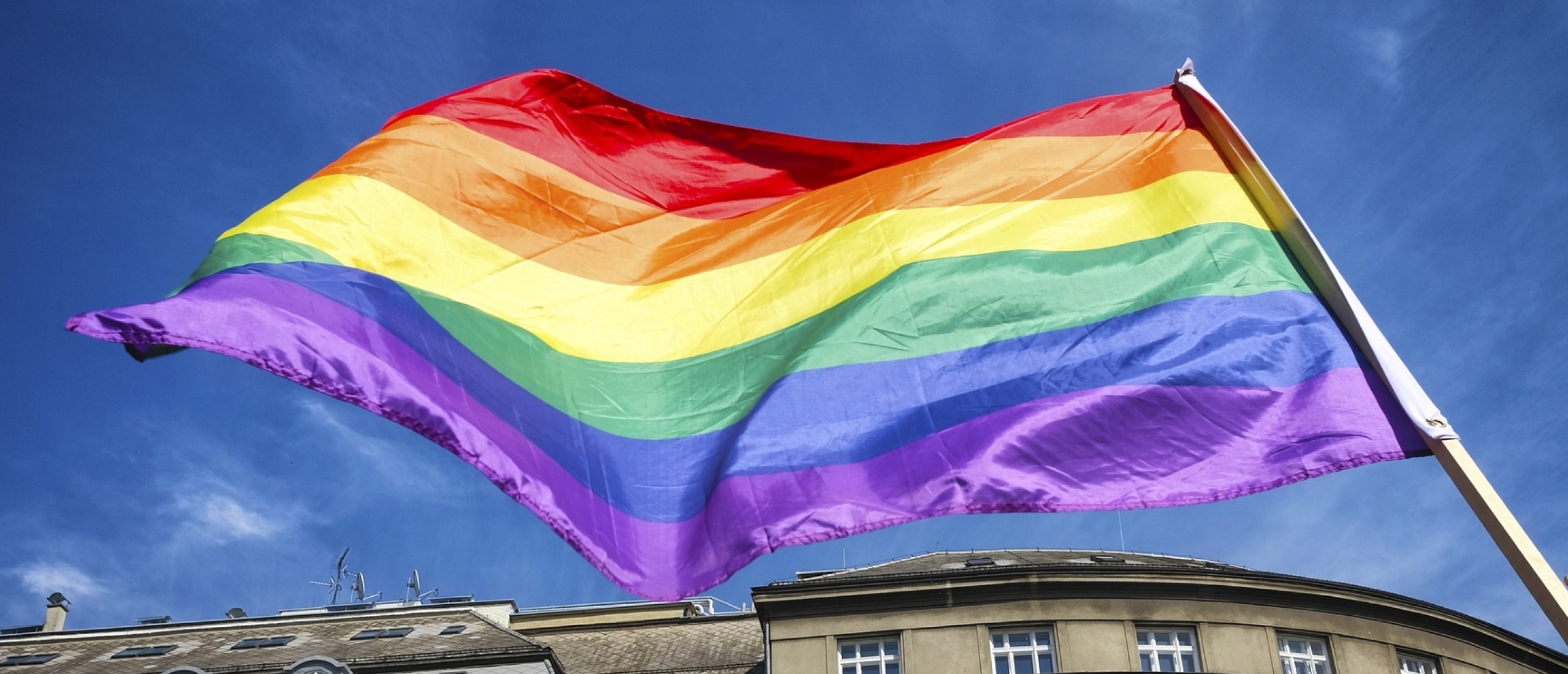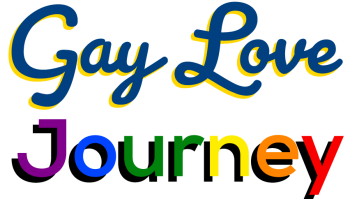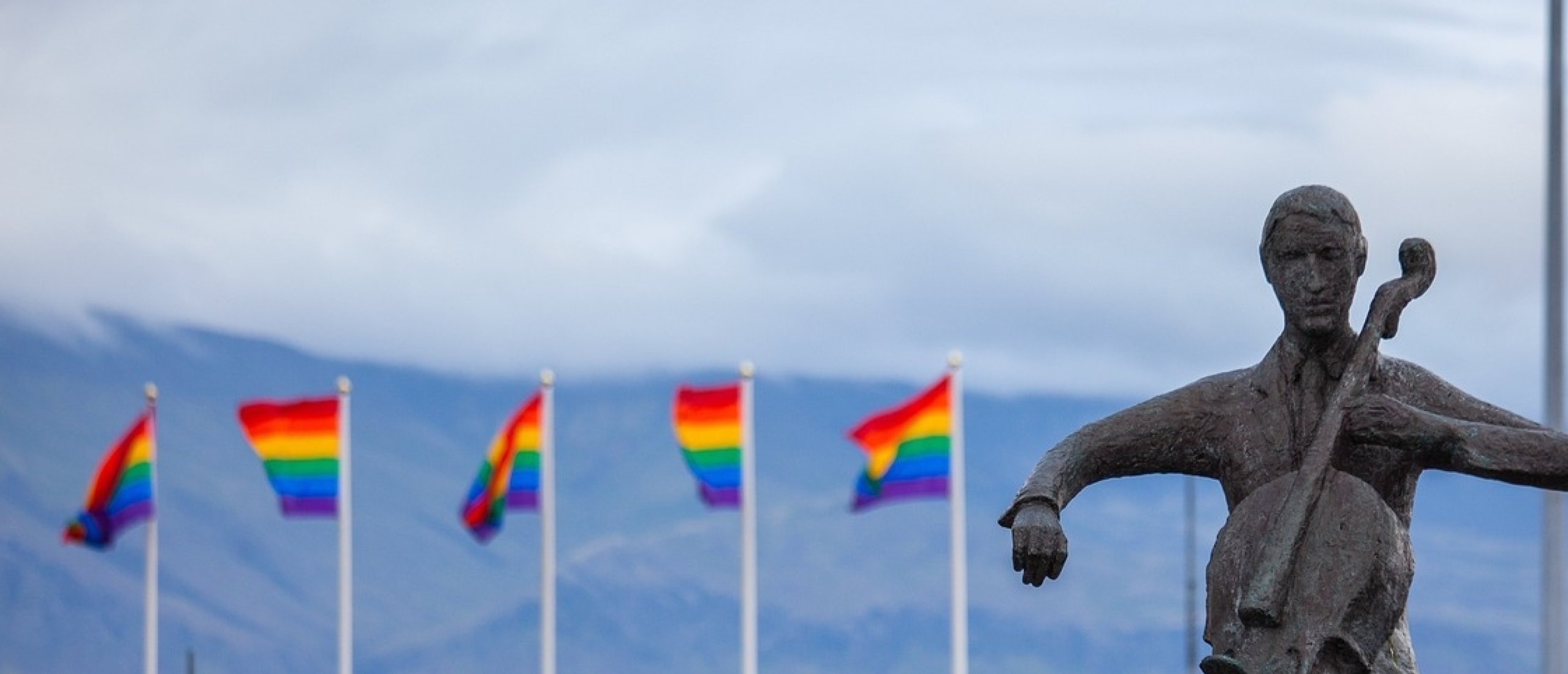
Introduction
Gay Rights: a journey marked by struggle, but one that has triumphed against all odds. In this in-depth exploration, we’ll navigate through the significant milestones and challenges of the Gay Rights movement, shedding light on the issues faced and the remarkable progress made.
The Birth of a Movement
The modern gay rights movement took its first substantial steps in the 20th century. During the mid-20th century, homosexuality was considered a criminal offense in most parts of the world. Many countries had "sodomy laws" that made gay sexual activity illegal. However, in 1969, a turning point occurred that set the stage for a new era in the fight for gay rights - the Stonewall Riots.
The Stonewall Inn in New York City was a popular bar for the LGBTQ+ community. On June 28, 1969, a police raid led to an uprising by its patrons, mostly transgender women of color and drag queens. These brave individuals, fed up with harassment and persecution, fought back. The riots continued for six days and are considered the catalyst for the modern gay rights movement.
Landmark Achievements
The struggle for gay rights saw some major breakthroughs in the ensuing years. In 1973, the American Psychiatric Association declassified homosexuality as a mental disorder. This was a pivotal moment in the fight for LGBTQ+ acceptance.
In 2003, the Supreme Court of the United States effectively decriminalized homosexuality when it struck down sodomy laws in the case of Lawrence v. Texas. This monumental ruling marked a significant step towards LGBTQ+ rights.
Challenges and Ongoing Battles
While progress has been made, significant challenges persist. Discrimination, violence, and bias against the LGBTQ+ community continue to be serious concerns worldwide. It's essential to remember that not all countries have embraced the principles of gay rights. Many still enforce oppressive laws and regulations against LGBTQ+ individuals.
In certain countries, same-sex relationships remain illegal, and LGBTQ+ people face the threat of violence and persecution. The fight for acceptance, equality, and safety is far from over.
Transgender Rights: The Next Frontier
In recent years, the transgender community has become more visible in the broader conversation on LGBTQ+ rights. The push for transgender rights is one of the most vital components of the ongoing gay rights movement.
Efforts to extend legal protections and rights to transgender individuals are met with both success and resistance. It's clear that this struggle will continue to be a central focus in the fight for LGBTQ+ rights.
Hope for the Future
Despite the challenges, the gay rights movement has made undeniable progress. Marriage equality, broader social acceptance, and the rise of LGBTQ+ role models have all contributed to an increasingly positive outlook.
The importance of educating the public and working towards equal rights for all cannot be overstated. By acknowledging the past, facing the present, and looking towards the future, we can ensure that the legacy of the gay rights movement continues to evolve and, hopefully, one day, realize its vision of universal acceptance and equality.
The origins of the Gay Rights movement can be traced back to the Stonewall Riots in 1969, where LGBTQ+ individuals resisted police raids at the Stonewall Inn, sparking a catalyst for change. From this moment, activists passionately began advocating for equal rights.
The Global Impact of the Fight for Gay Rights
The struggle for gay rights is not confined to a single country or region. This is a global fight, and every country has its own unique story to tell. In some places, the journey towards equality has been swifter, while in others, it is marred by deep-seated prejudices.
For example, in many Western countries, significant strides have been made in recognizing the rights of LGBTQ+ individuals, particularly in terms of anti-discrimination laws and marriage equality. However, these rights are not yet universal.
In other regions, such as the Middle East and parts of Africa, being openly gay remains a life-threatening choice due to deeply ingrained cultural and religious beliefs. This disparity highlights the global nature of the fight for gay rights and the need for continued advocacy.
The Intersectionality of the LGBTQ+ Rights Movement
The LGBTQ+ rights movement has demonstrated its unique ability to connect with other social justice causes. The experiences of queer people intersect with race, gender, and economic disparities. Recognizing this intersectionality is critical for a comprehensive understanding of the challenges faced by the LGBTQ+ community.
For example, LGBTQ+ people of color often experience the compounded effects of racism and homophobia. The transgender community, particularly transgender people of color, faces alarmingly high rates of violence and discrimination.
These intersections underline the importance of not just advocating for gay rights in isolation but working towards a more equitable and just world for all marginalized communities.
The Role of Popular Culture and Media
Popular culture and media play an instrumental role in shaping public perception and influencing change. From television shows like "Queer Eye" to influential celebrities coming out and using their platforms to advocate for LGBTQ+ rights, there is no doubt that media has played a significant role in advancing the gay rights movement.
However, representation is not enough; it must be authentic and non-stereotypical. Accurate portrayals of LGBTQ+ individuals in media help dispel harmful stereotypes and foster understanding.
The Importance of Allies
The fight for gay rights isn't just about the LGBTQ+ community. Allies, individuals who support the cause without necessarily being part of the community, play an essential role. Allies can use their privilege and influence to amplify the voices and issues faced by LGBTQ+ people.
Allyship is crucial in breaking down the barriers of misunderstanding and discrimination. Straight allies, in particular, can be influential in changing societal attitudes and legislation.
The Ongoing Journey
The journey for gay rights, despite the significant strides made, is far from over. Discrimination, violence, and disparities persist. This article, in its own small way, aims to shed light on the challenges and accomplishments of the gay rights movement.
The fight for equal rights and acceptance continues, fueled by the unwavering determination of LGBTQ+ individuals and their allies. By learning from the past, understanding the present, and working toward a more inclusive future, society can move closer to a world where everyone can love and live freely, regardless of their sexual orientation or gender identity.
Conclusion
As we wrap up this exploration of the journey for gay rights, we emphasize that the pursuit of equality and acceptance remains an ongoing effort. Discrimination, violence, and disparities are still all too real for many. By recognizing the lessons of the past, addressing the challenges of the present, and striving for a more inclusive future, society can move closer to a world where everyone, regardless of their sexual orientation or gender identity, can love and live freely.
The path to full equality is illuminated by the bravery and resilience of LGBTQ+ individuals, the passion of their allies, and the collective desire for a world where love is love, and love is celebrated in all its beautiful forms.
Keywords: gay rights, LGBTQ+ movement, Stonewall Riots, marriage equality, conversion therapy, transgender rights, international LGBTQ+ rights, allies, future challenges




